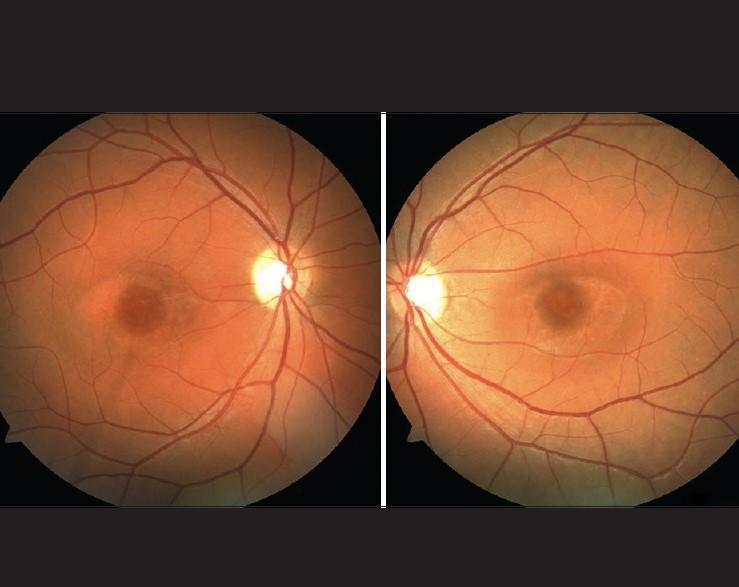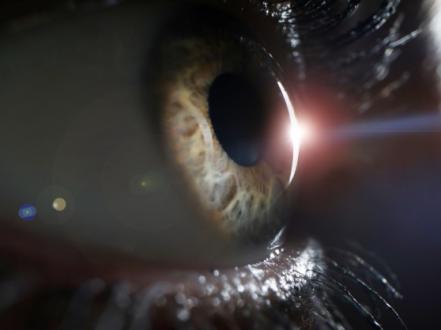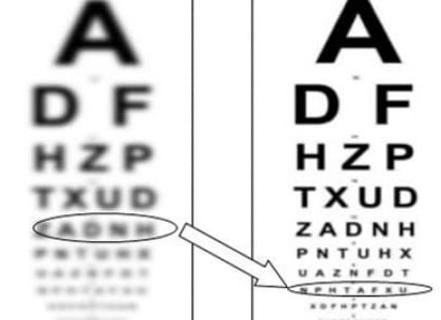Contrary to common assumptions, unpleasant visual disruptions can induce more than simply a fleeting annoyance. Sometimes our vision can become a complicated puzzle where the pieces no longer fit. It is possible that Bull's Eye Maculopathy, a complicated condition, is at play here.
The delicate eye tissues are always fighting an uphill battle to maintain clear and focused vision. It is provoked by a complex combination of factors. In contrast to more noticeable eye disorders, this one tends to go undetected since it doesn't affect visual acuity.
People may be at risk of contracting the condition if they have long-term vision difficulties. Important to this condition are abnormalities in the macula, the primary and detailed visual area of the retina. Worst case scenario: you have trouble with even the most basic tasks, like reading and identifying faces.
Our eyes pick up every detail of our surroundings. Because of Bull's Eye Maculopathy, this precision is impaired. The world around us becomes blurry with hard-to-detect shapes and skewed features when some pieces are missing.
Let's shed light on this issue and gain a more nuanced understanding of eye health.
Decoding the issue’s indicators
BEM impact is quite substantial, even though it isn't often easy to see compared to other eye disorders. Here is how to recognize it:
The blurriness of central vision: Imagine trying to read a book, only to have the words blend together due to blurriness. Thus, a once pleasant activity now causes discomfort. Reading and even facial recognition become more difficult. The thing is that BEM harms your attention to detail.
Lines become wavy: Instead of seeing straight lines on a grid, it is possbile to see lines that are warped or wavy because of this condition. This symptom gently changes your view of the world and the surroundings.
Light deprivation: BEM can make it difficult to see clearly in low-light settings. Driving at night or finding your way around in low light could become trickier.
Color perception modifications: Bull's Eye Maculopathy can change how you see hues, making them look duller or making it hard to tell different hues apart.
By recognizing these indications early on, people can take preventative measures, such as wearing eyeglasses, to avoid severe vision loss. Maintaining healthy eyesight should always be a top priority, so be vigilant for these subtle signs.
The triggers behind BEM
Finding out what causes ocular balance problems is the first step in your caring tactic. Some medications, such as those used to treat autoimmune diseases, can act as catalysts. Ignoring possible adverse effects might cause poor effects. Preventing macular issues requires an understanding of the complexities of medications, such as hydroxychloroquine.
Care plans that work
A thorough understanding of the issue's complexities is deemed critical for being capable of managing it correctly. Even though eye diseases might be frightening, some therapy alternatives can aid in their curing.
Important tactics consist of:
Regular vision assessments: Seeing doctors on a regular basis will help keep an eye on eye health and identify issues early on.
Eating well: Eye health is supported by a well-balanced diet high in vitamins and minerals, especially from foods like fruits, leafy greens, and seafood.
Giving up tobacco: Giving up smoking can improve overall health, which includes eye health.
Physical activity: Although it may not have a direct effect on eye health, regular exercise has many positive health effects.
Adopting these evidence-based strategies can operate as a proactive defense against the complexity of this condition, as opposed to waiting for major issues to occur.
Living with BEM
Living in low-light conditions adds another layer of difficulty to living with limited vision. Things like item identification and face recognition become more challenging; it's like trying to read with a dim flashlight—details go lost.
In order to solve these problems, flexible methods must be used. Being more attuned to one's environment and making effective use of ambient light can provide substantial results, much like a photographer creating the perfect shot.
Managing the difficulties of vision loss may be easier if you maintain a healthy lifestyle. Proper hydration, a balanced diet, and frequent physical activity all contribute to visual impairment resilience.
Contrary to popular belief, it is not the only way the disease can paralyze the body. Acquiring the ability to adapt is a key to living a full life. Like maintaining overall health, overcoming barriers calls for proactive care.
Improving one's vision is fundamentally a continual process when living with impaired vision. It is possible to find new ways to deal with life's complexity even when one has visual impairments.






